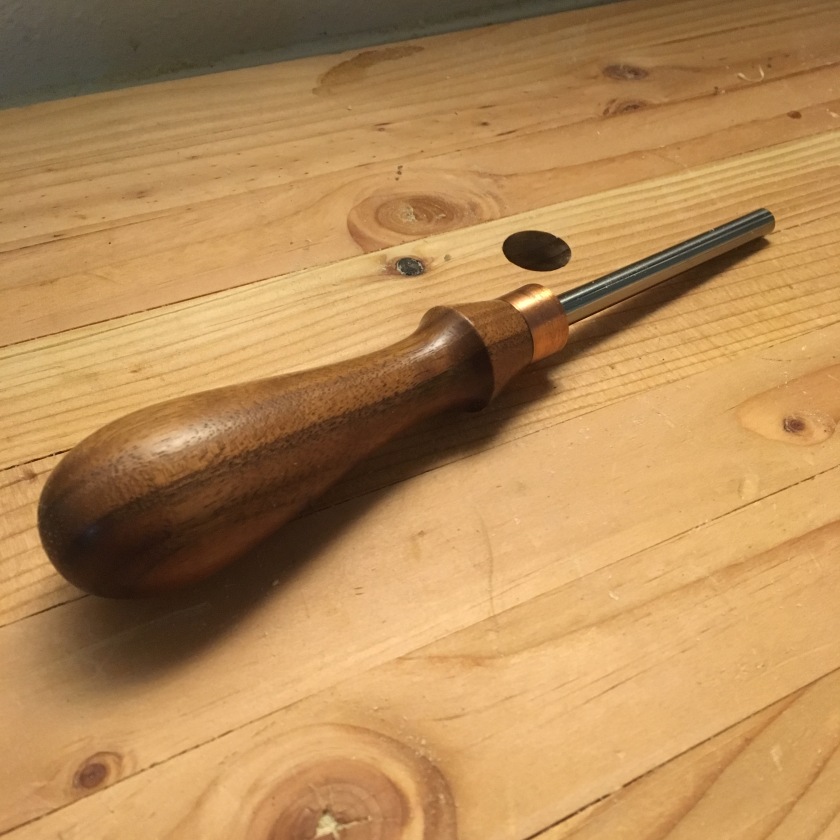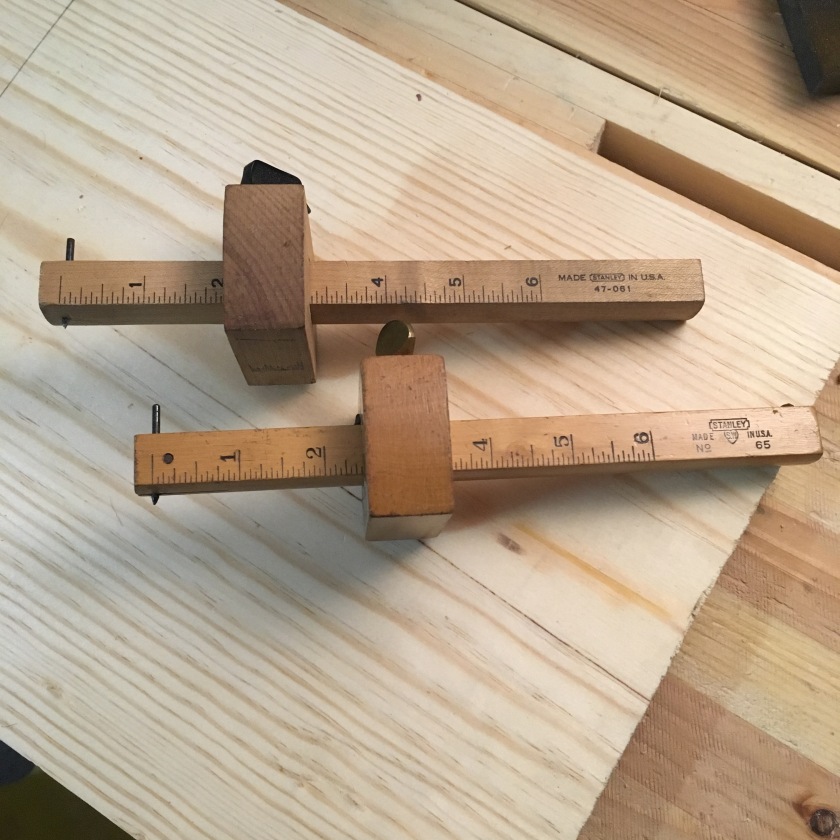I’m trying to keep my natural tendencies to dork out to a minimum here, but no one’s perfect. So here’s an engineering post. Complete with equations, tables, and words like “stress” and “shear strength.”
I would love to own a festool domino system. Actually, i would love to own a festool anything, but they’re a little out of the current budget. While I was (and am) lusting after this tool, I started thinking about the differences between floating tenon and dowel construction. I have been reading Krenov’s book, The Art of Cabinetmaking, and he is all in on dowels, which is a little surprising. It’s been drilled into my head that dowels are pretty inferior when it comes to joinery. And I buy this argument, if a joint depends entirely on glue then it probably isn’t the best choice. That being said, the engineer in me experiences a massive bout of cognitive dissonance when I read articles touting floating tenons from people that wouldn’t dowel joint to save their lives. From an engineering standpoint, dowels and floating tenons are the same.
Assuming that the dowels and dominos are made of the same material, there are two factors that determine the strength of the joint. The surface area and the cross sectional area. The surface area is related to glue bond strength. And more is, in general, better. Cross sectional area of the dowel or tenon is related to tensile and shear strength of the joint. Again, more is better. Using this insight, we can create a Dowel and Domino Equivalency ChartTM. The picture below gives us the formulas to calculate the surface areas and cross-sectional areas of an idealized dowel and domino.

CA in this image is cross sectional area, SA is surface area and L represents the length of the domino and the dowel (into the screen). You can see pretty easily that the domino is gonna give you more cross sectional area and surface area for each individual domino. So the question is, how many dowels do you need? If we assume that the domino and dowel have the same diameter or thickness  and that they have the same length, then we can write the following
and that they have the same length, then we can write the following
Cross Sectional Equivalency

Surface Area Equivalency

These give the following results for typical domino sizes (off the website)
| D (mm) |
W (mm) |
 |
 |
 |
| 4 |
17 |
2 |
5 |
5 |
| 5 |
19 |
2 |
5 |
5 |
| 6 |
20 |
2 |
4 |
4 |
| 8 |
22 |
2 |
3 |
3 |
| 10 |
24 |
1 |
3 |
3 |
So we can see that the cross sectional area drives the number of dowels needed. Interestingly, you never need more than two dowels to get the same gluing area as a domino, but you need as many as 5 to get the same cross-sectional area. So while the “glue joint” should be just as strong if you are talking only about the shear strength of the glue joint, the mechanical strength of the joint will not quite match up. In other words, if you replace one domino with two dowels, the dowels will mechanically fail before the domino would fail. Even though the “glue joint” should be equivalently strong.
None of this takes into account the additional time you would need to drill five holes for dowels, so the domino is probably going to be significantly more efficient than dowels. There is also an underlying assumption that the mechanical fit of the dowels and the dominos are the same. I think this is easy to achieve with good drill bits that are matched to your dowels.
Tl;DR: Believe Krenov. If everyone thinks dowels are trash and dominos are not, then they are wrong. You just need to make sure you have enough dowels.
























